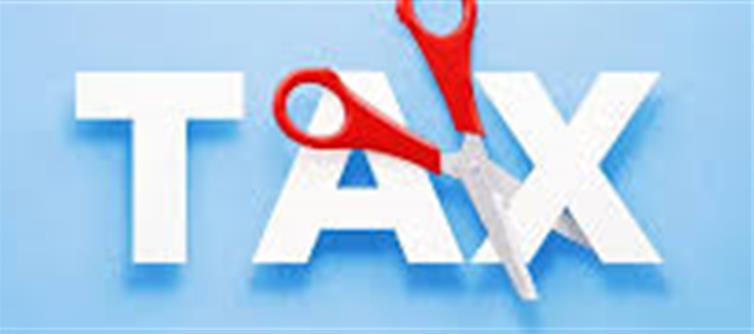
The Income Tax Return (ITR) filing deadline for FY 2024-25 (AY 2025-26) is September 15, 2025. If you are a salaried taxpayer, one of the most common dilemmas is deciding whether to opt for the old tax regime or the new tax regime. The right choice can significantly impact your tax liability, depending on your salary, deductions, and exemptions.
Here’s a step-by-step guide to help you make an informed decision.
1. Old vs New Tax Regime: Which Is Better?
For salaried individuals earning up to Rs 15 lakh per year, the decision is crucial:
Old Tax Regime: Offers higher tax rates but allows a wide range of deductions and exemptions, such as HRA, LTA, insurance premiums, and 80C investments. Beneficial for those with deductions exceeding Rs 4.58 lakh.
New Tax Regime: Lower tax rates but minimal exemptions. Suited for individuals with fewer deductions or a simpler income structure.
2. Section 87A Rebate: Recent ITAT Clarification
A recent ruling by the Income Tax Appellate Tribunal (ITAT) provides relief:
Taxpayers earning less than Rs 7 lakh annually can claim a rebate under Section 87A, applicable to both long-term capital gains (LTCG) and short-term capital gains (STCG).
Earlier, the rebate was considered applicable only on STCG, creating confusion.
This can reduce tax liability by up to Rs 25,000 under the new regime for lower-income taxpayers.
3. How to Decide the Right Tax Regime
The easiest method is to use an online income tax calculator:
Enter your salary, deductions, and exemptions.
Compare tax liabilities under both regimes.
Check if your income falls under the Section 87A rebate limit.
Quick tips based on income and deductions:
Annual Salary | When Old Regime Works Better |
Rs 8 lakh | Deductions > Rs 2.5 lakh |
Rs 9 lakh | Deductions > Rs 3 lakh |
Rs 10 lakh | Deductions > Rs 3.5 lakh |
Rs 12 lakh | Deductions > Rs 4.18 lakh |
Rs 15 lakh | Deductions > Rs 4.58 lakh |
For salaries above Rs 15 lakh, using an online calculator is the most reliable way to choose.
4. ITR Forms You Should Use
Choosing the correct ITR form is equally important:
ITR-1 (Sahaj): For individuals with salary as the primary income.
ITR-2 / ITR-3: For taxpayers with multiple income sources, including business, capital gains, or property.
Note: In the ITR forms, the new tax regime is set as default, but you can switch to the old regime if it saves more tax.
5. Practical Considerations
If you have substantial deductions, the old regime could save more money.
If your salary structure is simple and you have few exemptions, the new regime may be easier and more cost-effective.
Use a tax calculator before filing to avoid last-minute confusion.
6. Final Word
With the September 15, 2025 deadline approaching, salaried taxpayers should:
Evaluate their income, deductions, and exemptions carefully.
Compare tax liabilities under old vs new regimes.
Select the option that maximizes savings and simplifies compliance.
Making an informed choice now can help you avoid unnecessary tax payments and ensure maximum benefits from your salary.
.jpg)




 click and follow Indiaherald WhatsApp channel
click and follow Indiaherald WhatsApp channel